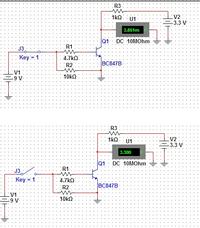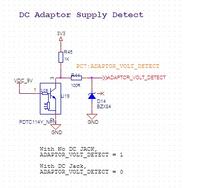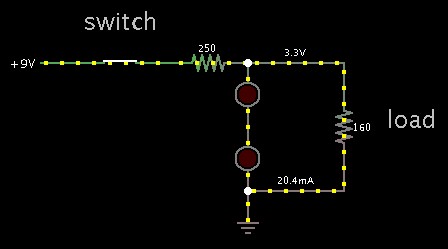tiwari.sachin
Full Member level 6
Can I use a npn/pnp transistor and drive the base with 9V (I know its current that drives it) but base will have 9V
I need to have a output @ 3.3V. I will connect collector to 3.3V for npn and Emitter to 3V3 in case of pnp.
I am using BC847B or BC856
Is something like this reliable??? or for that matter can i even use something like this
I need to have a output @ 3.3V. I will connect collector to 3.3V for npn and Emitter to 3V3 in case of pnp.
I am using BC847B or BC856
Is something like this reliable??? or for that matter can i even use something like this


